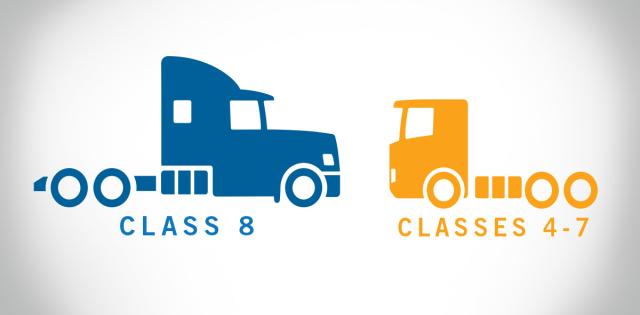The article below is sourced from Bloomberg Wire Service. The views and opinions expressed in this story are those of the Bloomberg Wire Service and do not necessarily reflect the official policy or position of NADA.
Stellantis NV may idle additional car manufacturing plants as it grapples with higher inflation on top of the cost of electrifying its lineup, Chief Executive Officer Carlos Tavares said.
“If we don’t optimize our cost structure, we cannot absorb the additional cost of electrification,” which risks leading to elevated car prices and a shrinking market, Tavares told reporters in Las Vegas for the Consumer Electronics Show. “If the market shrinks, we don’t need so many plants. Some unpopular decisions will have to be made.”
The Netherlands-headquartered automaker said last month it would idle a Jeep-making factory in Belvidere, Illinois, effective Feb. 28, which will result in layoffs of an unspecified number of workers. Still, should car demand rebound, Stellantis might “adapt” its decision on that plant, Tavares said.
Carmakers are already feeling the pinch of spiraling inflation that’s holding back some buyers even as semiconductor shortages that dogged the industry in the aftermath of Covid started easing. In Europe, Volkswagen AG said last month that 2023 will likely be “even more challenging” than 2022 as inflation and a worsening economic outlook cut into demand.
An environment of higher interest rates, rising inflation and other economic headwinds has also begun to impact automakers outside of Europe. Tesla Inc. earlier this week reported a third straight deliveries miss despite offering hefty incentives in its biggest markets while the CEO of Chinese electric carmaker Nio Inc. has warned of a challenging first half.
Stellantis has no choice but to keep slashing its fixed, variable and distribution expenses to stay competitive and to make EVs more affordable for the middle classes, Tavares said Thursday, adding that “you go from hero to zero in three years if you stop working on costs.”
“It doesn’t always make us very popular but it’s the right thing to do,” he said. “If you keep for a significant amount of time capacity that you don’t use, you put yourself in trouble. You need to continuously adapt your capacity to your needs.”
Tavares also is still considering whether to stop manufacturing cars altogether in China, the world’s biggest auto market.
Stellantis is continuing talks with its Chinese partner for Peugeot and Citroën cars because remaining in China “with an asset heavy presence would represent a major risk” should geopolitical tensions with the western world escalate.
“The talks are difficult, they are respectful and they are not finished,” Tavares said in Las Vegas.
Stellantis may end up implementing an “asset-light” strategy for those brands in China, he added. Earlier this year, Tavares used the same phrase to describe the decision to pull out from the company’s only Jeep plant in Asia’s largest economy.
For more stories like this, bookmark www.NADAheadlines.org as a favorite in the browser of your choice and subscribe to our newsletter here:










